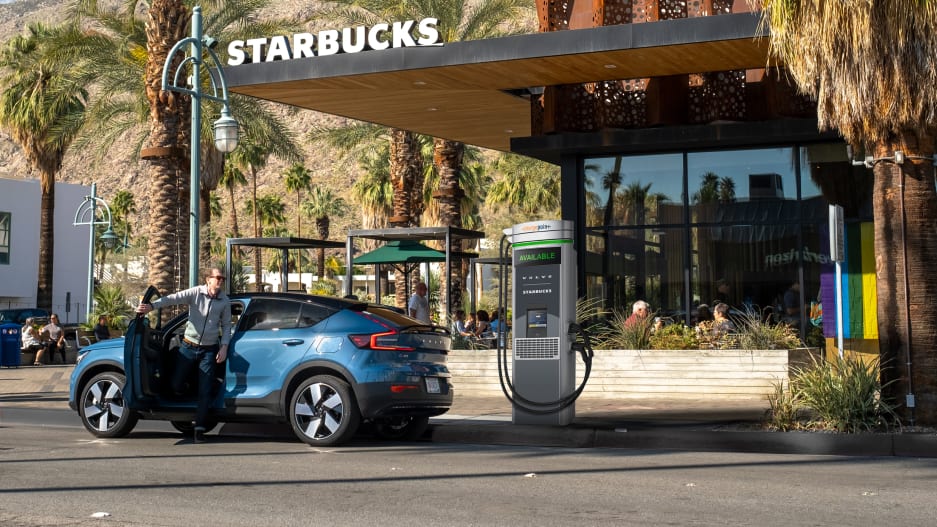At the heart of every culturally impactful brand is a wager on what the next 5, 10 or 15 years will look like. Impactful brands make it their job to inch toward that vision in every single action they take.
Parsley Health is about functional medicine but if you experience the brand in any meaningful way, whether its logging into their patient portal, walking into a clinic, or following CEO Robin Berzin on social, you will see that they are betting on a very different kind of medical mentality emerging in the coming years among consumers.
Parsley believes patients will become the new experts: proficient in their own health and wellness, talking from an empowered point of view with their medical providers, and open to exploring complementary therapies that combine mind, body and soul.
Nearly all expressions of the Parsley brand are geared toward making this future a reality. Even though Parsley has great tech that makes the medical experience remarkably different from the usual visit to the doctor’s office, they rest their brand strategy on the changing user instead of their platform.
What Parsley gets right and so many others get wrong is that ideas, not technology, are what impact the future the most.
It was the romanticized notion of the nuclear family, not the mass production of cars, that changed America’s suburban topography. It is the changing notion of career and success, not the advent of laptops or post-Covid remote work, that will alter the world of work forever.
Oftentimes, future-forward brands tend to make technology the center of their strategies rather than a larger idea, but as Tom Vanderbilt puts it, “When technology changes people, it is often not in the ways one might expect.”
The washing machine had the potential to liberate housewives from the home, but instead it freed them up to do the work their housemaids once did. Though the technology changed, the idea behind a woman’s role had not.
Predicting the future is fundamental to your brand strategy but not as easy as it may seem. The correct signals often get lost in the noise of invention.
Taking a look at films from the 1960s that predicted the future, it becomes apparent just how easy technologies are to predict, but changes in behaviors and beliefs are much harder to forecast, even though they are the major drivers of a culture’s evolution.
“The Home of 1999”, a film from 1967 made by appliance manufacturer Philco-Ford predicted where technology would sit in our lives with surprising accuracy, but made glaring omissions in how culture would evolve.
The 1960s futurists behind this video predicted online shopping, but not female financial independence. They predicted emails, but not remote work. They predicted microwaves and other kitchen technology, but did not predict that fewer and fewer people would be eating around a dinner table together.
If this video feels strangely empty to you, it’s because while technology is an important part of the future, it simply is not the future itself.
Ideas, not technology or invention, are what change the future most, and that is what you should be betting on. Parsley has great tech, but it is the shifting cultural convention that will change their future, and every day they are speeding that change along.
The future isn’t new technology. The future is changed people. Your brand should be placing its bets on who we will become.
Starbucks built a brand on the prediction of a changing culture that was lacking places to gather, and the creation of the third space to fill that future need.
So when Starbucks announces that they are piloting EV charging stations in their parking lots, it naturally makes one wonder if they’re still betting on that future.

On the surface, it seems that perhaps they are pivoting their bet to the technology. Starbucks wants to attract more road warriors, they know that more of those people will have EVs, and so they’re creating a convenient place for them to stop while they charge.
True, yes. But what may be more true is that our third space is changing.
A great deal of Starbucks’ square footage is used for work, and in the era of remote workers, even more laptops and bookbags have popped up in locations across the globe.
Starbucks isn’t betting on EVs. They’re betting on our changing relationship to the commute and work. What they see is EVs eventually becoming autonomous self-driving vehicles, and that presents a huge opportunity for behavior change: the car as the third space, where people who are no longer required to have eyes on the road can instead work on their way to their destination.
Work has already become decoupled from the office and the desk. There is a changing mentality that “work time” and “living time” are not two separate halves of the day, but rather many fragmented windows that splice in between each other. When the belief about when and where we work changes, so does Starbucks’ place in the world.
It’s not a given, but like any good brand, Starbucks is making a prediction and then working to make that prediction a reality.
When a brand has a prediction at the center of its strategy, it sends a signal to the market that the company not only intends to own that future, but that any other brand playing outside of that future will be sidelined.
Last year Kia Motors rebranded to drop the “Motors” from their name and simply become Kia with the tagline “Movement that inspires.” Like General Motors and Mastercard who also released newly minimalist logos around that time, they were working to distance themselves from their original technologies.
With all of these companies, the future prediction at the center of the brand was moving from the technology to a larger idea. Kia President and CEO Ho Sung Song made it clear that, “It’s no longer about machines, it’s about people.”
Moving from motors to movement implies a strong belief of the future for Kia – that it’s not going to be about making a better engine, but rather about changing our beliefs and behaviors around how we move in this world.
The greatest benefit of a brand strategy based on a prediction is that it naturally spells out the business strategy. The expert patient, the third space, the future of movement – all of these predictions lay out strong parameters for the business itself.
They dictate business model, product roadmap, UX, values, org chart and so on, in ways that technologies alone cannot. And when brand strategy begets business strategy, there is a beautiful symmetry that only makes both parts stronger.
Making the right kind of forecast means thinking deeply about where people are headed and what emerging beliefs, behaviors, mentalities, value systems, ideals and cultural ideas can be brought to the surface with the right conditions.
Technology creates new opportunities and branches in the human path, but it is only larger ideas and mindsets that dictate which path is ultimately taken.
The focus of your prediction matters because the brands that predict the future are the brands that make the future. Everybody else is simply following the path laid out by others.




